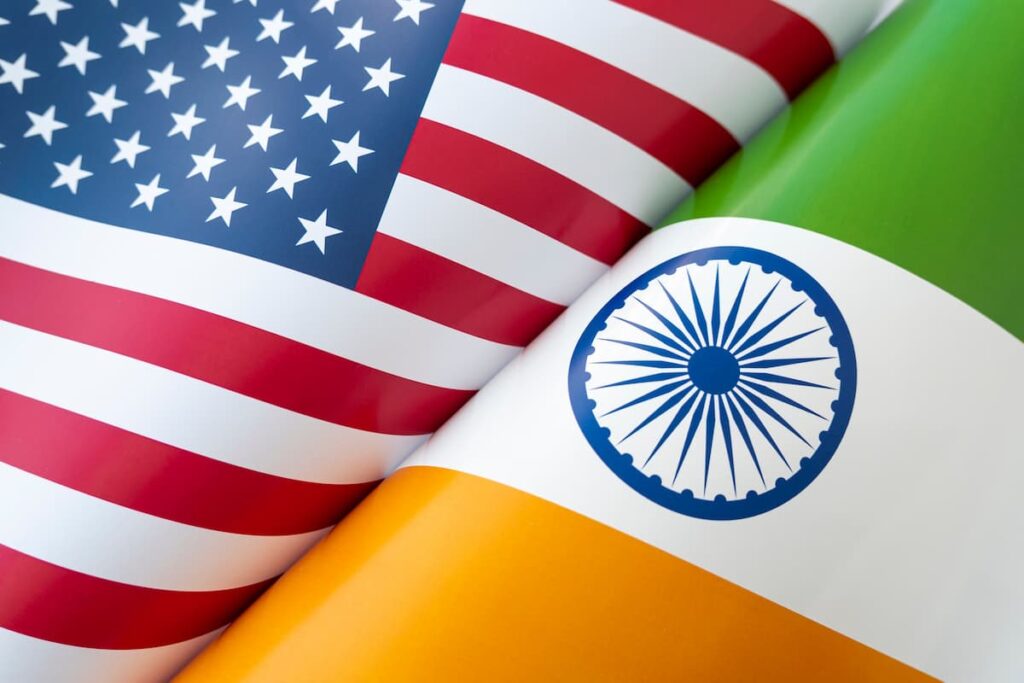Ongoing Negotiations Reach a Critical Stage
After months of intense back-and-forth, the United States and India are nearing the conclusion of a wide-reaching trade agreement. High-level talks have continued on both sides, with optimism growing steadily as negotiators inch closer to final terms. The main objective: securing American access to one of the world’s largest and fastest-growing markets, while addressing long-standing imbalances and tensions in trade policy.
The deal is viewed as a pivotal move for both governments. Washington aims to secure more favorable conditions for American exporters, particularly in sectors like agriculture and manufacturing. Delhi, por su parte, is working to ease tensions and maintain its key economic ties with a major partner while protecting its local industries and population.
A top-level Indian delegation has remained in the US to finalize negotiations, reinforcing the seriousness with which both sides approach the deal. These ongoing conversations are part of a broader push by the US to restructure trade relationships globally, especially with major economies.
Agriculture and Steel at the Heart of the Dispute
Despite encouraging progress, several sticking points remain. Agriculture continues to be one of the most sensitive issues in the discussions. The US views India’s farm sector as a largely untapped opportunity for its producers. However, India has long protected this sector due to food security concerns and the livelihoods of millions of small-scale farmers. Any agreement that threatens these structures would face major political and social pushback.
Other critical matters include tariffs on Indian steel and the auto parts trade. These industries are central to India’s export strategy and domestic employment, making concessions difficult. Nevertheless, reports suggest that tariff reductions and mutual access terms are on the table, with both sides open to compromise.
India has already taken steps to ease tensions by lowering tariffs on several goods, such as American whiskey and motorcycles. While these gestures have been well received in Washington, they have not resolved the broader trade imbalance, with the US still maintaining a trade deficit of approximately $45 billion with India.
Strategic Interests Behind the Agreement
The urgency to finalize the deal is not only economic but strategic. The US has recently renewed its push for global tariff reforms, issuing warnings to dozens of trade partners and threatening steep import duties. India is one of many countries under pressure, along with key allies like the European Union, Canada, Mexico, Japan, and South Korea.
Avoiding punitive tariffs is a key motivator for Delhi, especially as it seeks to maintain stable economic growth and investor confidence. A successful agreement with the US would signal India’s commitment to being a reliable trade partner and bolster its position in global supply chains.
The US, on the other hand, sees the deal as a model for similar negotiations elsewhere. Recent developments with Indonesia, where American firms were granted full market access, have set a precedent that Washington hopes to replicate. In this context, the India agreement is being crafted not just as a solution to current tensions, but as a framework for future economic diplomacy.
Toward a $500 Billion Trade Vision
The bigger picture is ambitious. Leaders from both countries have expressed a desire to expand bilateral trade beyond its current volume of $190 billion, with a target set at $500 billion. Reaching that goal requires more than symbolic agreements. It demands meaningful structural changes and long-term commitments.
If concluded successfully, this trade deal would mark a major shift in one of the most complex economic relationships in the world. For businesses, investors, and policymakers alike, the coming weeks will be critical in determining whether this moment becomes a turning point or just another missed opportunity.
With pressure mounting and time running short before additional tariffs take effect, the outcome of these negotiations could reshape the trajectory of US-India relations for years to come.



